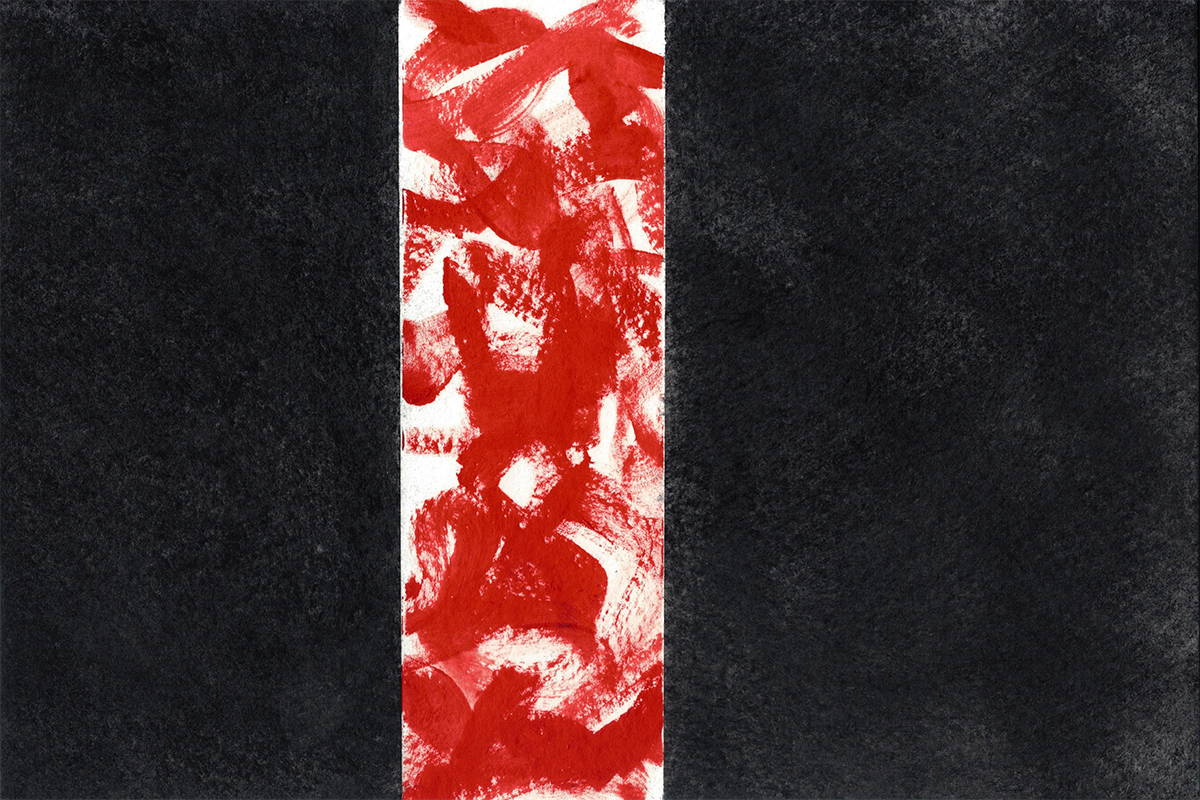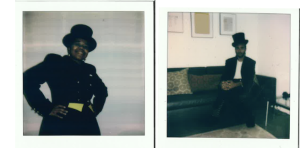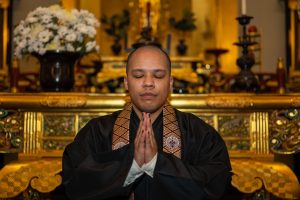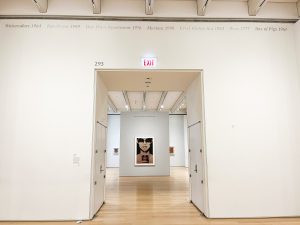A trilogy of unfurlings and web castings of the makings towards a radical love practice. Isra Rene invites you to share your own ponderings, wonders, and unravelings of your own love practice, knowing that our collective experiences build a stronger net that supports our interconnected worldbuilding.
This story has no beginning or end, it just appears to be happening now. I’d imagine it was always happening somewhere just within reach, on the margins, tethering at my attention. Maybe lying somewhere in the wake, or in the break; a glitch in my ecosystem with the most gentle effect. A story that disrupts and blurs that has pervaded in our current state of violence. This story is a dream of mine made true. A dream where we are loved, cared for, uplifted, and challenged. A dream coming into fruition through the labor of tender love and care created through kinships, loveships, and every affective connection. A dream made possible by rest and leisure. A dream not deferred. A dream guaranteed to be in flux but crafted intentionally and with purpose.
Collective care has always been my dream. If I were being completely honest, the concept and understanding of a collective and shared sense of care and belonging started in the mouth of my mother. My mother’s tongue was love – unconditional love. The love she always wanted and made sure to carve out for me as her child. She prayed over me, anointed my head with oil, and read me Psalms from her Bible. A ritual of taking care that I cherish to this day. “I am fearfully and wonderfully made” is an affirmation that I recite over and over to myself, a mantra that centers my uniqueness and the love and care that shaped and formed me into the being I am today. It is within this radical practice of agape love the matriarchs in my family showered me with that laid the foundation for my radical love practice. Through their own struggles of self-doubt, depression, and loneliness, my matriarchs carved out a queer space where love reigned true as the ultimate connector and care was centered as a life practice of actively building towards a world where black femme supremacy is attained. It is within that amorphous location of unconditional love that I receive the fuel and guidance for my human practice of collective care and tender love.
It was so easy to live and love freely as a child and design my own worlds of triumph and playfulness that were unafraid of vulnerability and failure. But, as I’ve matriculated in my journey of life and living, my access to unconditional loving has become more and more elusive. Intentional rest and stillness is where I’ve found unconditional love and belonging again. Though, at the moment, I still have more questions than answers. What happens when you are still enough to dream new dreams and possibilities? What happens when those dreams are no longer on the margins of your reality but instead are defining the “unfolding practice of love” that you choose to live within? And what if those dreams aren’t arriving from one source? I often refer back to the New Times article “To Dream in Different Cultures”, where anthropologist T. M Luhrmann explores the connection between sleep patterns of the Torajan people on the Indonesian island of Sulawesi and their spiritual connections to their collective dreamscapes. In relation to a blurriness that surfaces when you prioritize rest and stillness, Luhrmann writes, “that half-aware, drowsy state is a time when dreams commingle with awareness. People are more likely to have experiences of the impossible then. They hear their mother, many miles distant, speaking their name, or they see angels standing by the window, and then they look again and they are gone.” Tricia Hersey, activist and founder of The Nap Ministry, activates this experience of the impossible in her work advocating for rest as resistance, this ushering towards rest as a tender action that activates the pause as an ease of speculative crafting of worlds beyond the present moment. Similarly, in Black Power Naps, a sculptural installation that reclaims laziness and idleness as forms of power, rest and stillness become tactics for collectively shapeshifting ourselves and our worlds within the present spacetime.
These tactics, meditations, or deviations of soft resistance serve as tufted fabrications, rooted in vulnerability, alignment, and peace. These gently-building collective movements towards a more rested, inclusive, and liberated world have reshaped and reformed the ways that we think about and embody power and resistance. What if our collective power lies in resting? What if, by truly resting, we become able to commingle our dreams and realities? What if we leaned into a more blurry awareness where we can actualize a more radical love practice like the world/s we are dreaming up?
In feminist philospher Grace Lee Boggs’ book The Next American Revolution, she cites this collective surgence of radical modalities of care as a summoning of all of our “spiritual resources, constantly expanding our imaginations, sensitivities, and capacity for wonder and love, for hope rather than despair, for compassion and cooperation rather than cynicism and competition, for spiritual aspiration and moral effort.” Boggs’ conception of a unity of body, spirit, and material recalls, for me, a dream state. A state of being that serves as a basin for our collective ability to transform as well as to create new experiences and environments on a micro and macro scale–and who can create these new experiences and environments if not artists? We can pick up direct traces of Boggs’ notion of artists as summoners of transformation in Legacy Russell’s Glitch Feminism. In this seminal book, Russell locates queer, trans, and marginalized people as glitches in the systems we live in that are built upon hate, violence, and exclusion. She demands that we witness the ways in which Black people, queer people, and trans people invent spaces to exist through the tactics of rupture, disruption, and through blurring the dominant and pervading violence in our lives, tracing these tactics in the work of a collection of artists. Being a glitch in the system, Russell tells us, is an ethical choice as much as a condition. It’s being a disruption as much as an interruption. The intentionality and style of your glitch can be your choice–there’s power in it. I read and understand “glitch” to be a space between, a pause, a stillness. It is in that space of stillness that you are able to live within dreams that you construct into realities. Living and leaning into that space of stillness and fully inhabiting our dream-reality demands an ongoing spiral-process of manifesting, dreaming up, and embodying love, care, tenderness, and graciousness within the most euphoric moments and also the most turbulent ones. It’s an honoring of “glitched” perspectives that we negotiate with but also find solace within from our own reflections in the mouths of our lovers, companions, and chosen family. I often wonder how we can occupy the “glitch” to radically reimagine and change our world/s? How can collective improvisation–such as group crying sessions, radical care webs, or rent parties–act as a vessel or “glitch” for endless variation, a remaking of tradition, and a sort of homecoming that ushers you in all directions towards fullness, towards abundance, towards unconditional love making?
Even though a radical love practice may seem like it would be easy, safe, and affirming, there are times in which it isn’t. Sometimes it’s hard and draining and annoying. Living within an overwhelmingly individualistic, capitalist, patriarchal domain makes it difficult to access your own love practice for yourself, let alone another being outside of yourself. I understand this and want to acknowledge the rigorous work that encompasses a radical love practice in a world where there are wars happening in lands just like my home, where there’s famine and droughts, where there’s unspeakable violence. I turn to bell hooks’ All About Love to remember that “The practice of love offers no place of safety. We risk loss, hurt, pain. We risk being acted upon by forces outside our control.” Within this recognition, hooks offers a radical love practice that holds multiple unfurling notions of love that intersect the spiritual and the material. Seemingly in contradiction to her assertion of love as no place of safety, hooks also writes, “When angels speak of love they tell us it is only by loving that we enter an earthly paradise. They tell us paradise is our home and love our true destiny.” I understand hooks’ unfurling notions less as contradictory and more as a refusal of melancholy in favor of care. A supernatural care.
I unfurl alongside hooks. Again, I have more questions than answers. What does actualizing your dreams through a radical love practice look like? How does it feel? How does it taste? Where does it land? How is it embodied? I imagine that these questions make webs that spread and form attachments to one another, tethering themselves at the root to re-form and reshape, creating tuft and tender attempts at answering themselves, molding themselves and shaping themselves like a topography of dreams. Tufting and spreading at great lengths, crafting webs of failed attempts, hopefulness, conjurings, spells, wishes, and most of all, love. However, what I do know is that I’ve centered rest and stillness to make my dreams come true. I’ve uplifted trust, honesty, and vulnerability to craft my dreams into realities. I get lost but I feel found in collectivity. I am my ancestors’ wildest dreams continuously coming true.
– – –
Bibliography
Gumbs, A. P., & brown, adrienne maree. (2020). Undrowned: Black feminist lessons from marine mammals. AK Press.
Boggs, G. L., & Kurashige, S. (2012). The next American revolution sustainable activism for the twenty-first century. University of California Press.
hooks, bell (2001). All About Love. HarperCollins Publishers.
Russell, Legacy (2020). Glitch feminism: a manifesto. Verso.
Featured image: Both sides of the image are filled with layers of graphite powder with that euphoric and turbulent energy being represented by the gestural marks in between those graphite margins. The left and right sides of the image are dark grey and the middle is red. Illustration by Damiane Nickles.
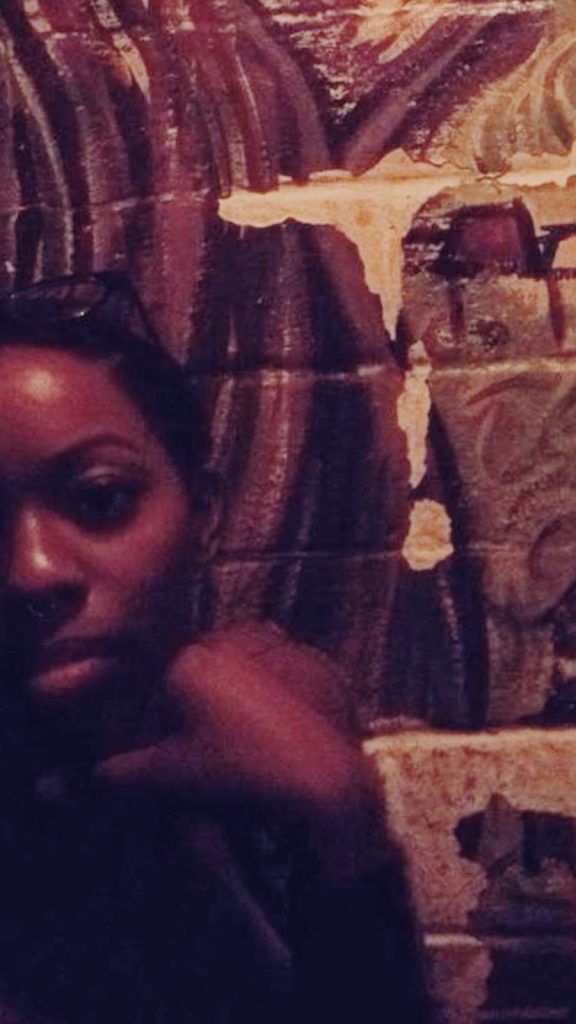
isra rene is a curator of care weaving webs of dreams tufted by our inherent connections of love, vulnerability, and care.
